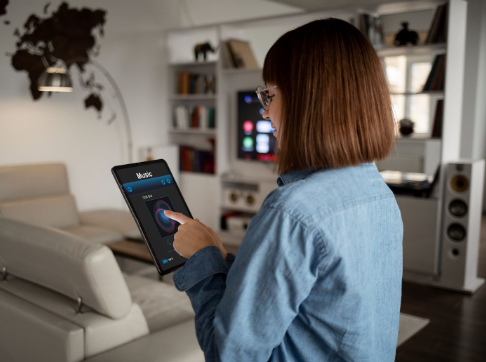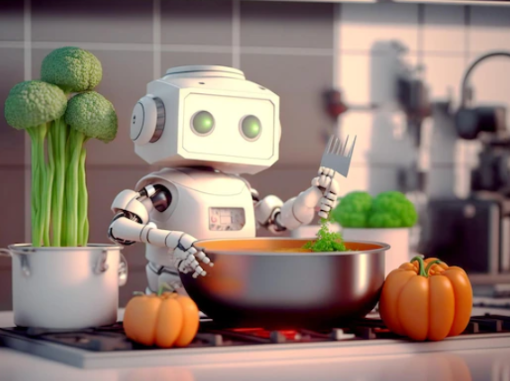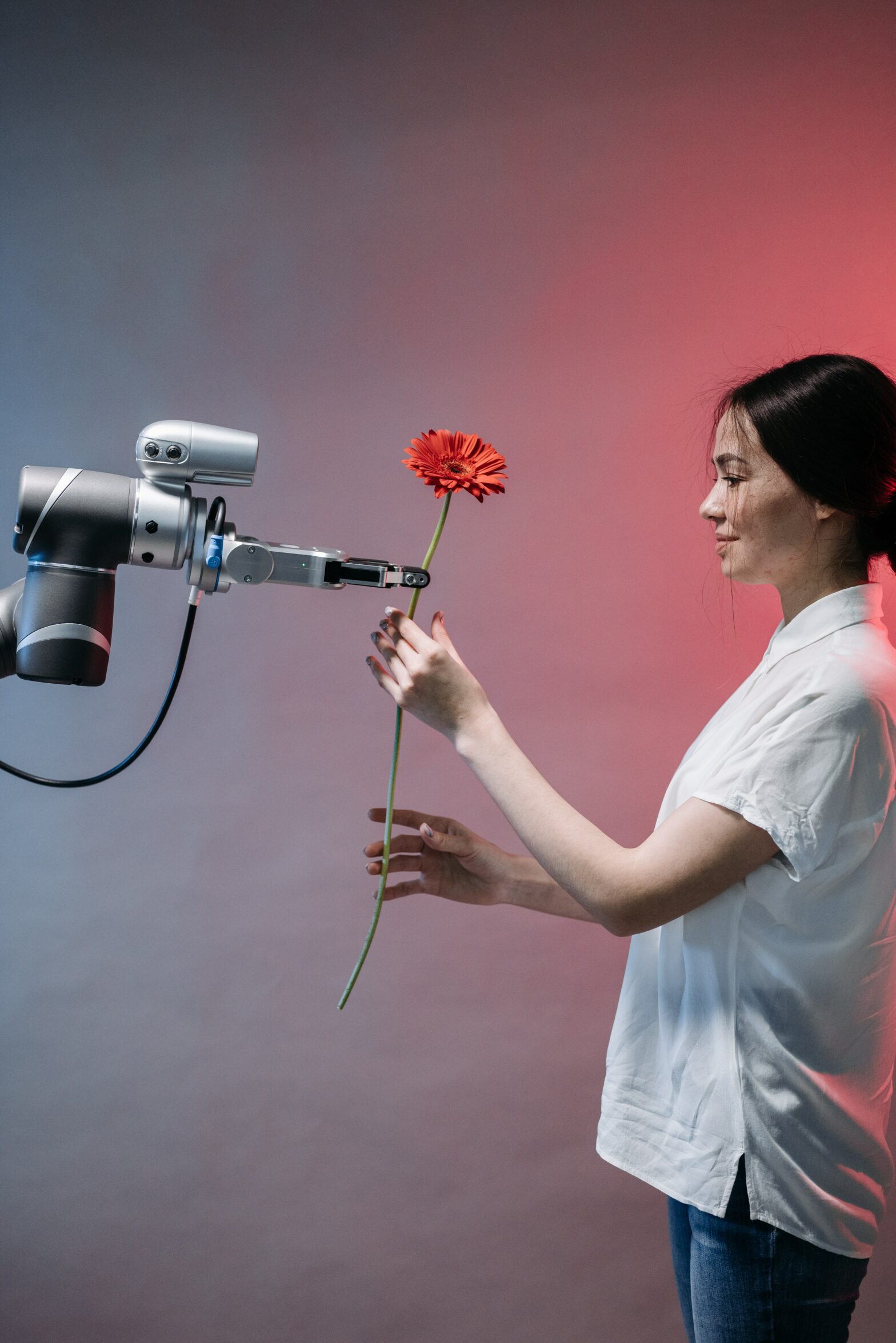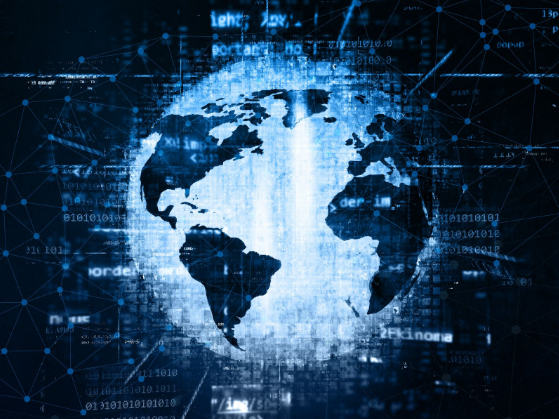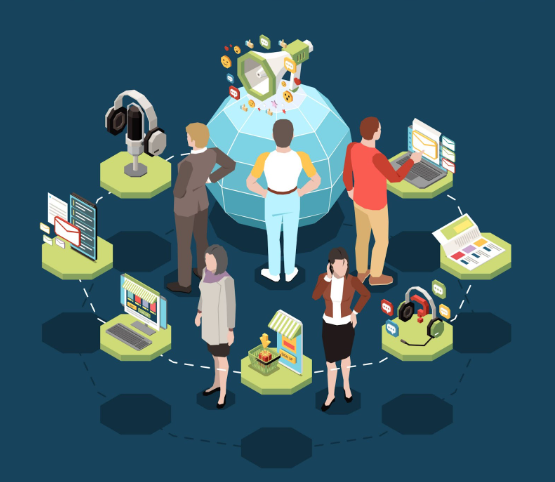Speech recognition has advanced from interpreting only numbers to being used in various industries and devices. A voice assistant market of $31.82 billion is expected by 2025. Voice-controlled devices in the smart home and the integration of artificial intelligence are revolutionizing the automation and personalization of experiences.
Tag: innovation
Resilience, efficiency and sustainability: three axes of digital transformation for the agricultural sector
The agricultural sector has an opportunity to move towards efficiency and sustainability by leveraging digital technologies. The use of Big Data, cloud data processing, satellite imagery, and IoT technologies such as sensors, autonomous vehicles, and drones can improve decision-making, increase efficiency in irrigation and livestock management, reduce waste, and contribute to sustainability. Digital technologies also make it possible to monitor gas emissions and provide transparency in the supply chain through Blockchain. The adoption of these technologies provides competitive advantages in the agricultural market.
How robotics is accelerating vertical farming
Vertical farms allow you to increase crop production in a sustainable and efficient way. Robotic technology and artificial intelligence are key in this process, optimizing everything from monitoring and sowing to harvest. The adoption of robotics in vertical farming will continue to grow as it can solve most challenges and improve the entire crop growth cycle.
Smart service stations: digitization as a driver of conversion
Industries are embracing technology and data management to generate even more value in their business models and the oil and gas industry – especially gas stations – are no strangers to this phenomenon.
From industries to homes: How robots are shaping the future of smart cooking
The new generation of robots in the culinary world uses IoT sensors and artificial intelligence to perform tasks in the kitchen efficiently. These robots can help solve staff shortages, reduce food waste, and improve customer experience. Examples include an autonomous AI system that automates cooking, a barista robot that brews up to 400 cups of coffee, and a robot that fries chicken wings, increasing the speed of food production. The food industry is experiencing technological advances and greater complexity is expected in the management and training of data to program robots.
From competitive to collaborative: how AI impacts the empowerment of human talent
Automation and artificial intelligence (AI) are creating more jobs than they replace. It is expected that by 2025, 97 million new vacancies will be created, exceeding the 85 million workers that are estimated to be replaced. The demand for roles such as data analysts, AI and machine learning experts, data scientists, and synthetic data builders is constantly growing. Furthermore, AI drives hybrid work, where machines perform repetitive and dangerous tasks, while humans focus on higher value-added activities.
Big Data, Small Data: it all depends on how you look at it
Big Data refers to large volumes of complex data that cannot be processed by traditional software tools. It is characterized by the three Vs: Volume, Speed and Variety. Small Data is a part of Big Data, which refers to smaller and easily accessible data.
The term Big Data emerged in the 1980s with the massive growth of the Internet and the increase in data generated. However, the perception of whether it is manageable or not depends on the context and the human ability to process it.
Starting with Small Data can be an initial step to enter the world of Big Data, especially in commercial or production areas, as it provides gradual learning and training.
How Big Data is driving retail transformation
The use of Big Data in retail unlocks valuable information about customers and improves decision making. It allows you to understand purchasing patterns, optimize inventory and personalize customer interactions. Additionally, data analysis helps predict trends, adapt to market changes, and improve customer satisfaction, generating revenue and competitive advantages.
Hand in hand with IoT, golf is becoming more precise and competitive
The use of IoT and wearables in golf is revolutionizing the industry. Devices like smart golf clubs and sensors attached to the player's glove analyze and improve the swing, offering instant feedback and personalized training programs. In addition, real-time data tracking, such as the distance traveled by the ball, promotes competition and game improvement. Overall, IoT makes golf more accurate, professional, and engaging for all generations.
Definition of the problem: everyone's responsibility in data management
In a data science strategy, the precise definition of the problem is crucial. Asking the right questions allows us to gain insights, predictions, and insights that are useful for business in a big data environment. It is important to involve all the actors in the organization and use direct methods to raise the problem, integrating the vision of different areas. Collaboration between data scientists and business users is critical to the success of the project.
